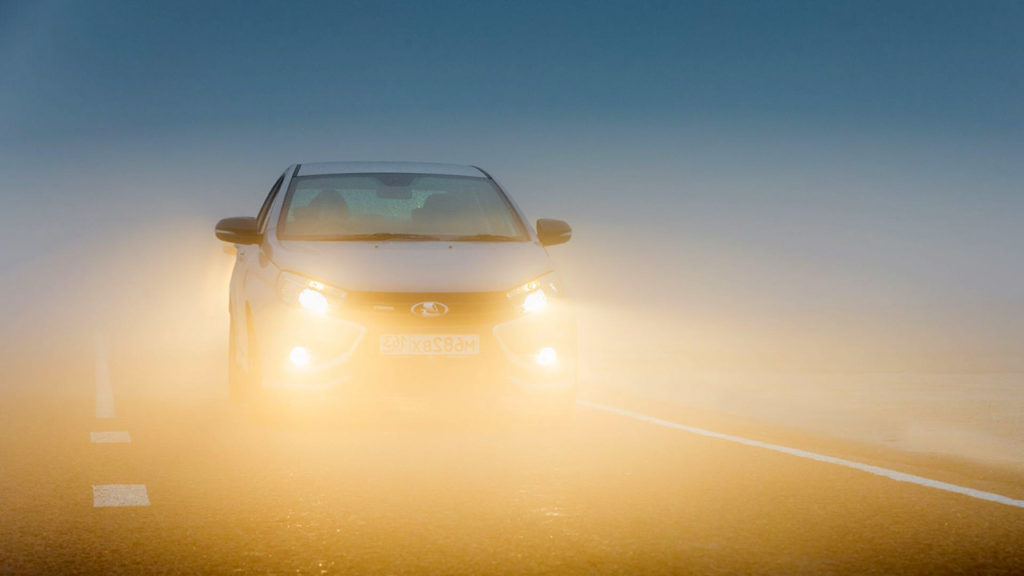Why Do Headlights and Taillights Fail?
The most common causes of LED failures are the use of poor quality LEDs, improper soldering of the LEDs, exposure to high temperatures, insufficient heatsink design, no current limitation in the power supply circuit, and problems with the battery.

LEDs are tiny devices that convert electrical energy into light with high efficiency. LEDs respond up to ten times faster than halogen lights previously used in vehicle lighting. Thanks to the advantages it offers, the use of LEDs in the headlights and taillights of many vehicles has become a standard.
LED taillights consist of 8 parts including outer cover, reflector, brake light, turn signal light, reverse light, cooler, case and connector. LED headlights, on the other hand, consist of 9 parts including outer cover, reflector, daytime running light, high/low beam light, turn signal light, cooler, control unit, case and connector.
When properly designed, LEDs can operate smoothly throughout a vehicle’s lifetime. In some cases, the LEDs used in the headlights and taillights of the vehicles may fail in a shorter time than expected. This malfunction can occur as the LEDs go out completely or their brightness decreases significantly. If the deterioration of the LEDs occurs within the warranty period of the vehicle, the headlight or taillight will be replaced with a new one free of charge.
The most common causes of LED failures are the use of poor quality LEDs, improper soldering of the LEDs, exposure to high temperatures, insufficient heatsink design, no current limitation in the power supply circuit, and problems with the battery.
When low quality and insufficiently tested LEDs operate for a long time, a large amount of heat is released. If the heat generated on the LEDs is not removed with the appropriate heatsink design, it may cause the LEDs to malfunction.
On the other hand, when the car is started while the headlights and taillights are on, the LEDs are exposed to high current. This causes the LEDs to fail in a short time. In some vehicles, the headlights are automatically turned off during cranking, protecting the LEDs.
LED headlights and taillights are among the most expensive equipment of vehicles due to the technology they contain. It is therefore not a viable approach to replace the entire headlight for just a few LEDs. On the other hand, authorized services offer solutions for the complete replacement of headlight equipment instead of LED replacement.
There are some special services that offer solutions for the replacement of LEDs in headlights and taillights. It is extremely important to use LEDs of appropriate brightness and color in LED repair. Extreme care must be taken in removing the lamp body, removing the circuit board and mounting the LEDs.

